
Between the mid-1970s and early-’80s hundreds of concrete skateparks popped up in almost every state throughout the U.S. They offered skaters a mixture of bowls, snake runs, cement reservoirs, full pipes, half-pipes, and quarter-pipes of all shapes and sizes. They had names like Hi Roller, Upland’s Pipeline, Kona, Del Mar, Surfin’ Turf. By the mid-’80s however, all but a small handful had closed, and bulldozers left no traces that they’d existed.
Skaters had to adapt by designing and building their own environments by way of backyard wooden half-pipes – vertical plywood and 2×4 structures that enabled skaters to continue perfecting aerial maneuvers and defying gravity, if only for a few seconds. Today, skateboarding is more popular than ever. Hundreds of city-sponsored and private “pay-to-play” skateparks flourish around the world, and although these new parks are now designed by skaters and for skaters and are smoother, faster and have better flow and obstacles, there are hardcore skaters who prefer to build their own DIY spots and avoid anything that might interfere with their sense of freedom.
For them, skating is not a sport, it is a way of life, and no park rules, laws, pad regulations, oblivious scooter kids, parents, or park attendants can intrude. For four years, the Irish photographer (and skater) Richard Gilligan traveled around Europe and the United States photographing these self-built skate spots and a new book by Prestel, DIY / Underground Skateparks, provides a look into this expressive subculture of skateboard architecture. Gilligan’s approach is more akin to large-format colorists like Joel Sternfeld, where the emphasis is not on skaters or their tricks but how the spots themselves exist within the surrounding landscape.
Richard Gilligan was schooled at the University of Wales, Newport where he studied for his BA in photography with social documentarians Paul Reas, Ken Grant and Paul Seawright. Gilligan’s approach is more akin to large-format colorists like Joel Sternfeld, where the emphasis is not on skaters or their tricks but how the spots themselves exist within the surrounding landscape. According to Gilligan, the project “has always been driven by an underlying sense of urgency that I had to somehow make this work about skate culture and my experience within this world.”
Most of these spots were built without any permission from the landowners, in abandoned lots or under highway or railways overpasses — the ugly wastelands so often found beside most industries, whether living or dead. They are locations taken over, cleaned of garbage and given a makeover that can be as simple as a few humps of debris paved over with inexpensive cement mix, or as complex and sprawling as Philly’s FDR park, which covers hundreds of square yards.
Many are shut down by police and destroyed mid-construction, while others endure under the radar for years and, eventually, earn protected status, of sorts — like Portland’s Burnside, which started illegally in 1990 and is now accepted by the city as a legal park. Gilligan’s images imply how these spaces expand or contract like living organisms, taking on new shapes and sizes; a few rough transitions ascend a vine-covered brick wall in Memphis; two oval-shaped bowls in Basel, Switzerland, sit under a layer of snow; deteriorating slabs of concrete on the waterfront in Greenpoint, Brooklyn, create an unintentional playground. They are quiet photographs imbued with beauty in both color and form where freedom, passion, manipulation of the surroundings, perseverance and risk-taking are at the heart of the work.
Craig Stecyk III, an early skate pioneer, artist and photographer, perhaps said it best: “Two hundred years of American technology has unwittingly created a massive cement playground of unlimited potential. But it was the minds of 11-year-olds that could see that potential.” In this book, Richard Gilligan offers a tribute to those minds and to the potential felt in each one of these photographs, and in every man-made obstacle his camera described.
Richard Gilligan is a photographer working in Dublin, London and New York.
Jeffrey Ladd is a photographer, writer, editor and founder of Errata Editions.
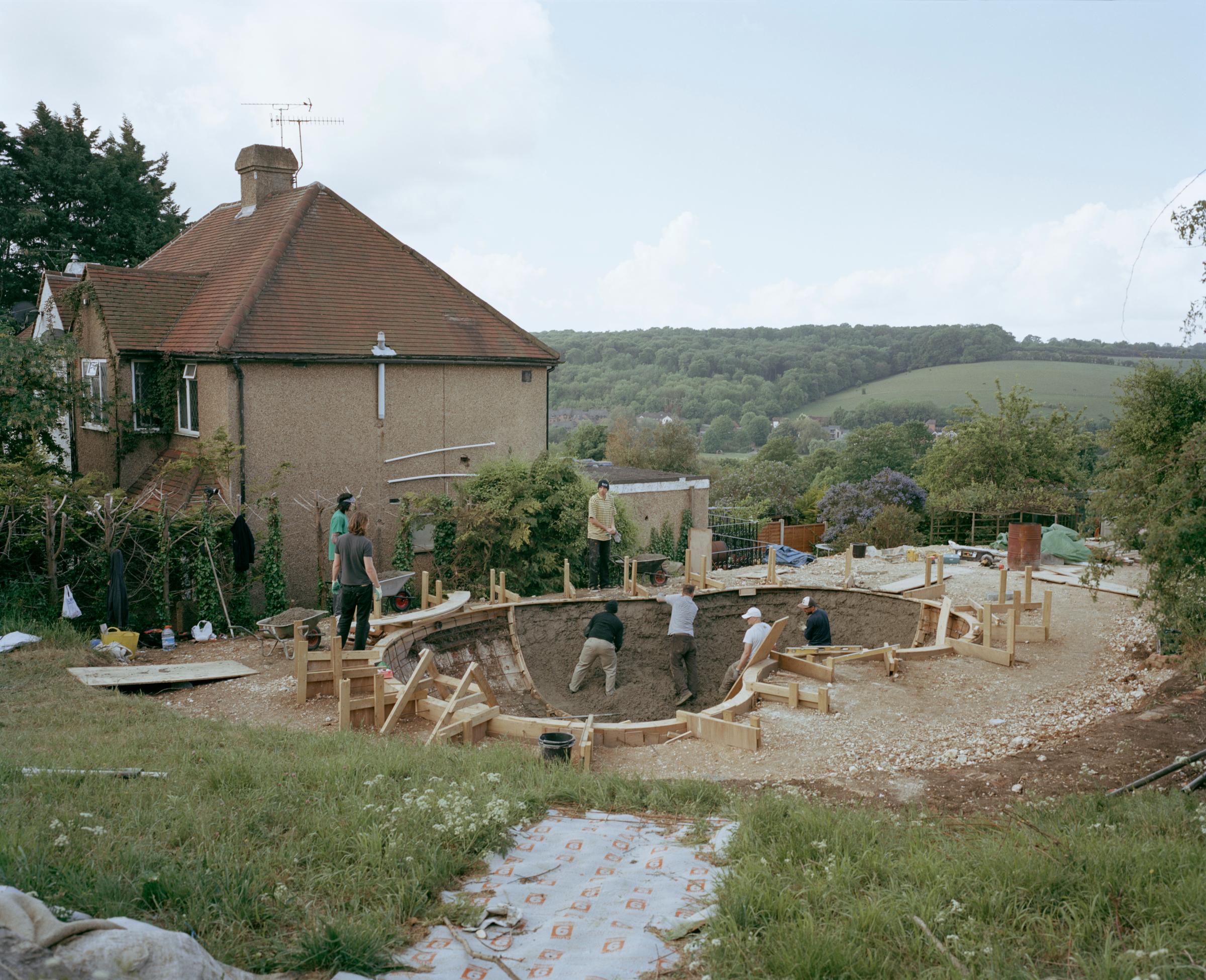
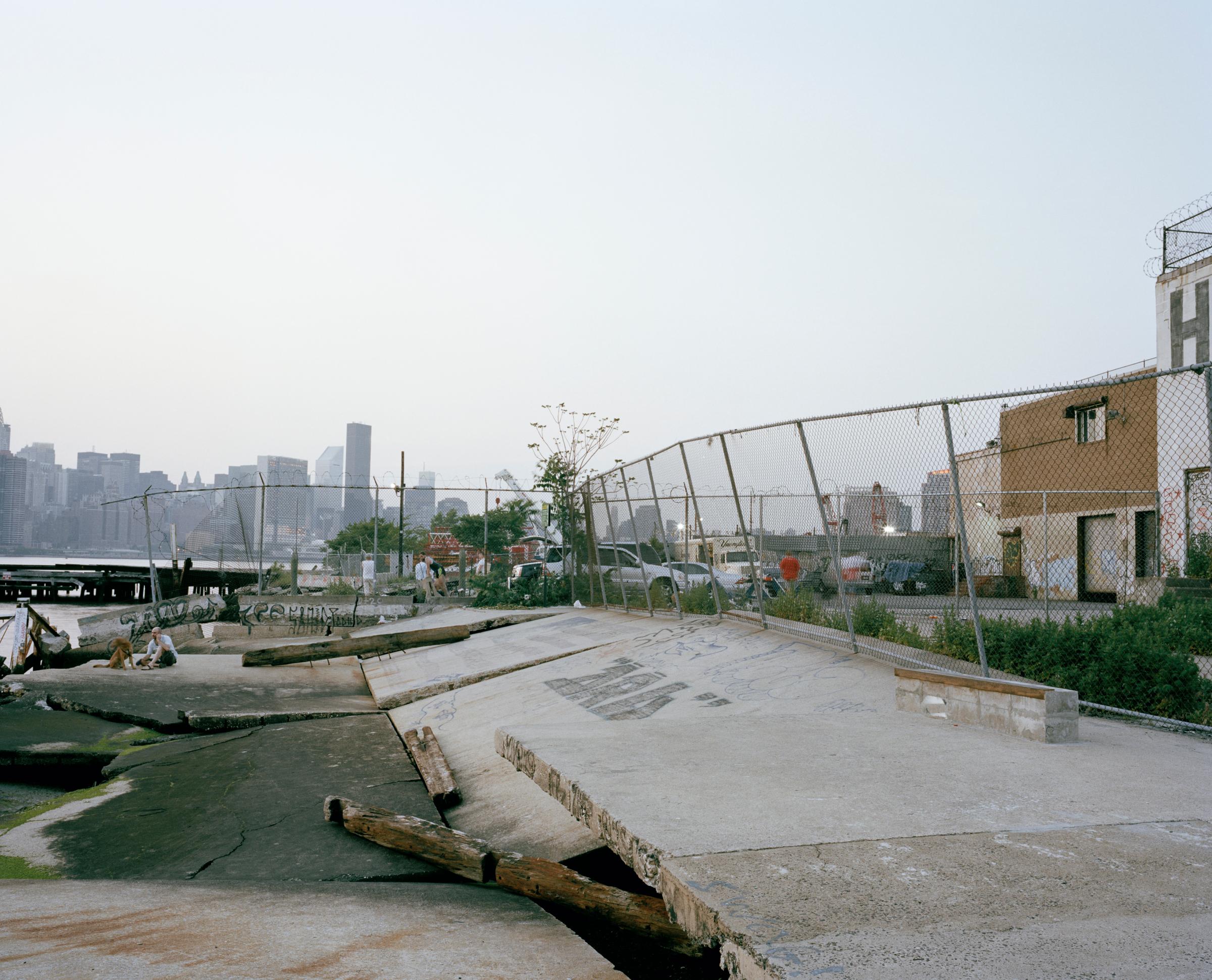
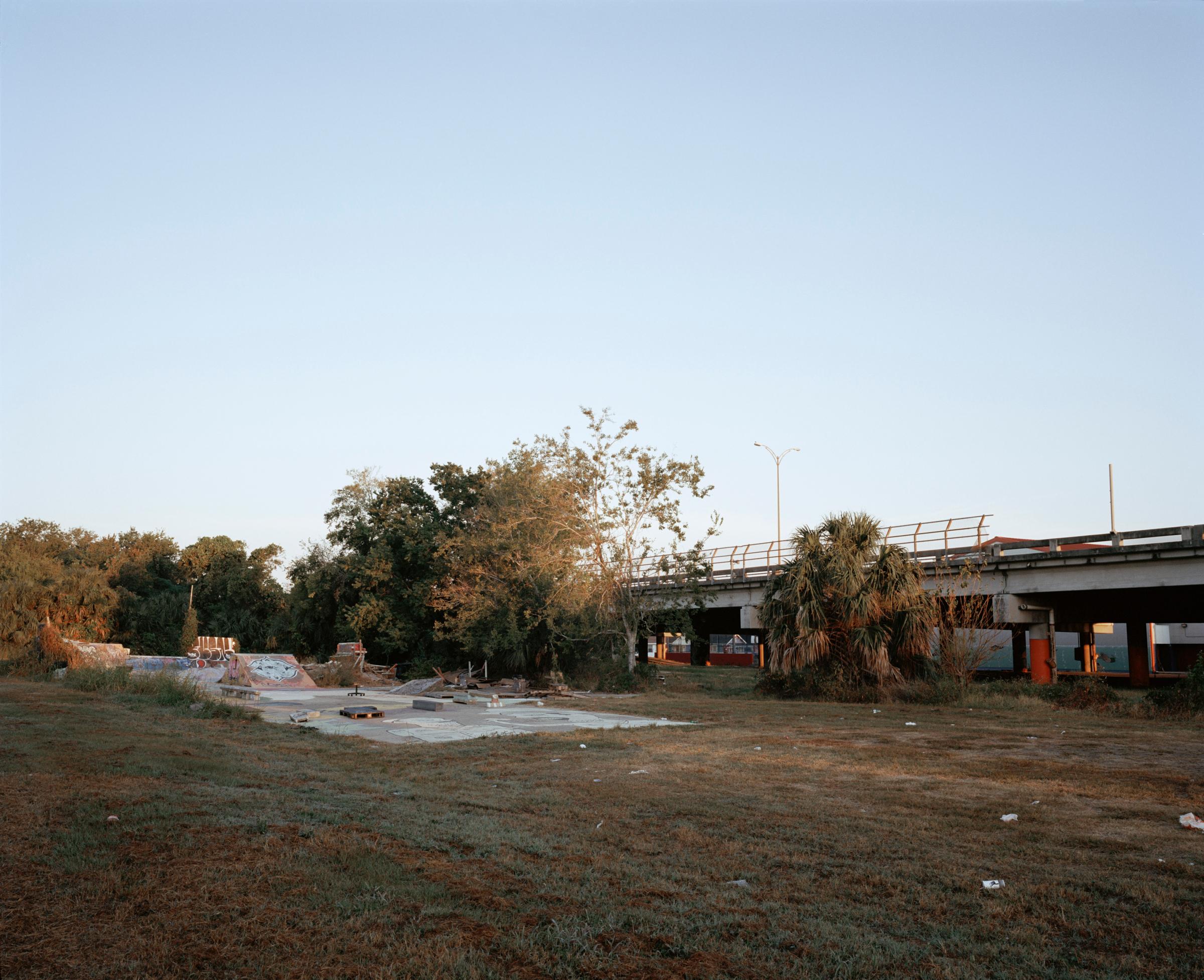

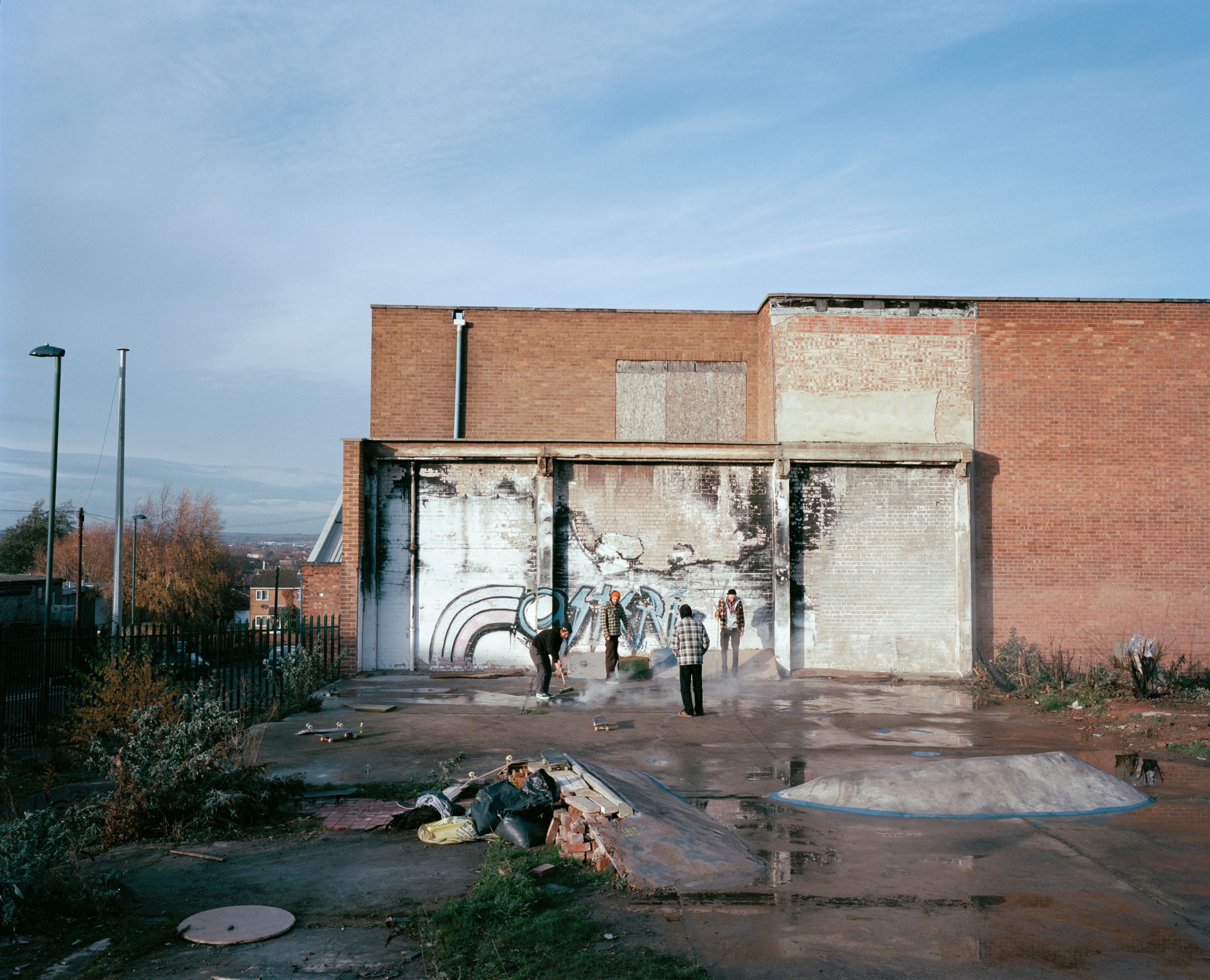






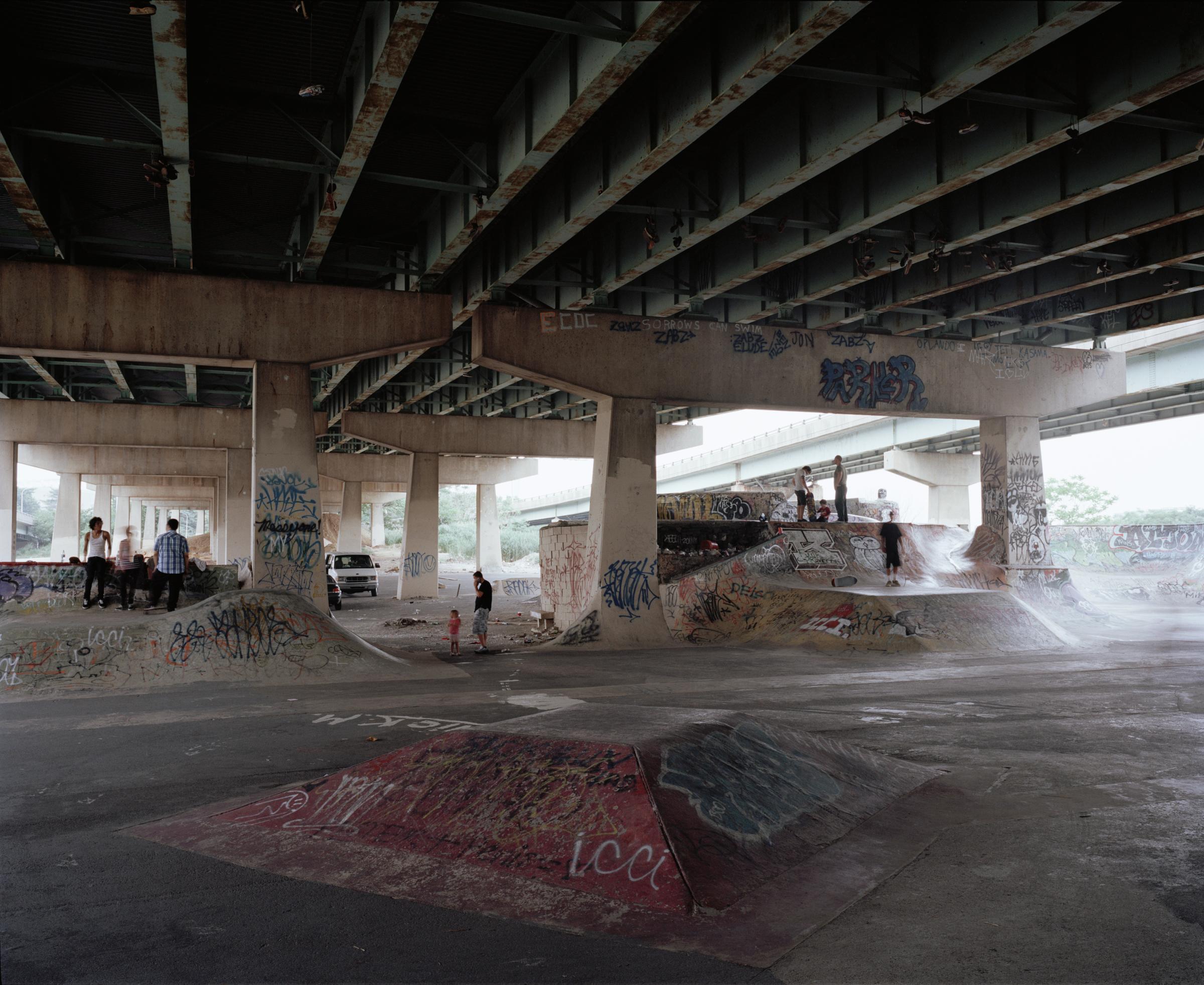

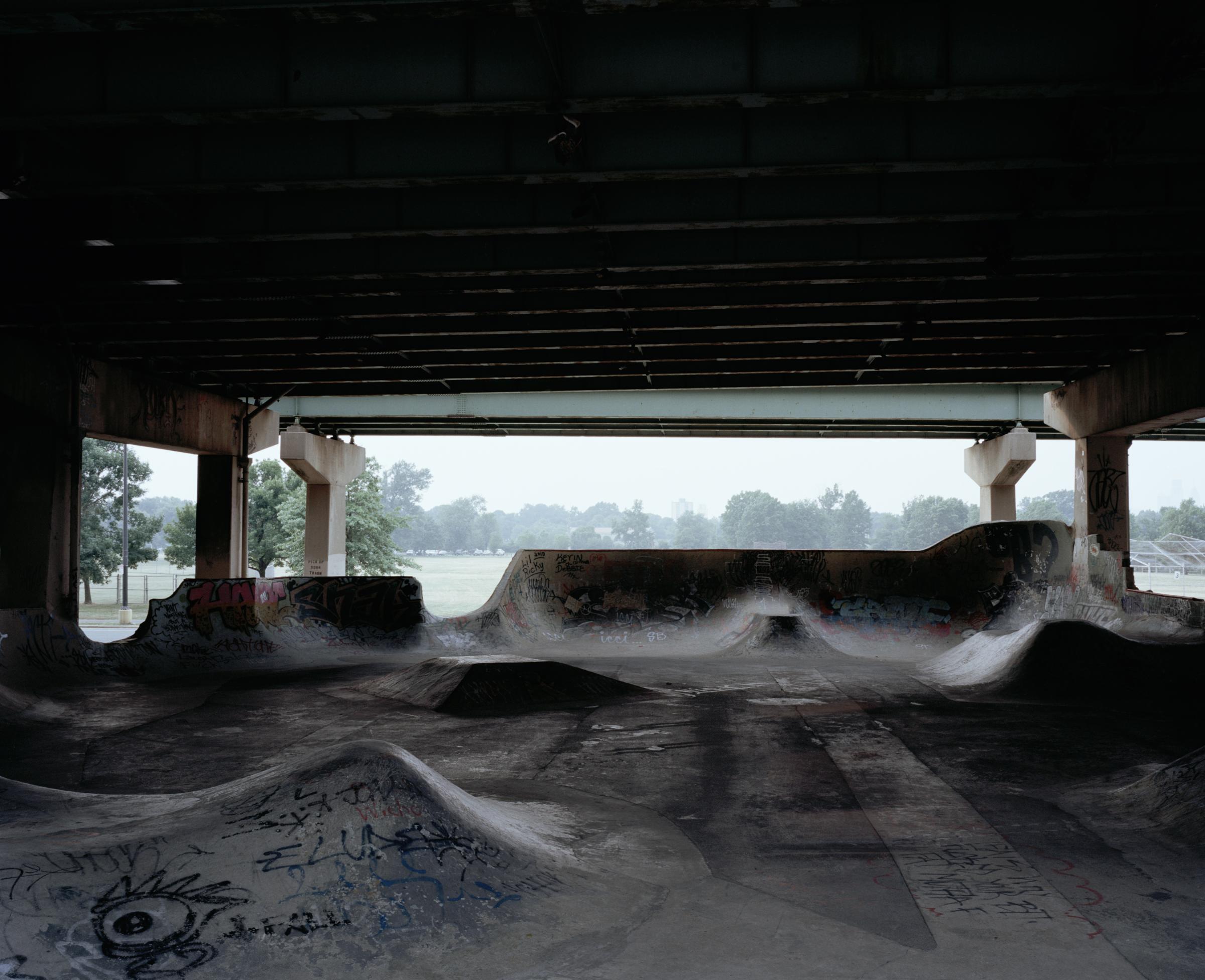


More Must-Reads from TIME
- Why Biden Dropped Out
- Ukraine’s Plan to Survive Trump
- The Rise of a New Kind of Parenting Guru
- The Chaos and Commotion of the RNC in Photos
- Why We All Have a Stake in Twisters’ Success
- 8 Eating Habits That Actually Improve Your Sleep
- Welcome to the Noah Lyles Olympics
- Get Our Paris Olympics Newsletter in Your Inbox
Contact us at letters@time.com